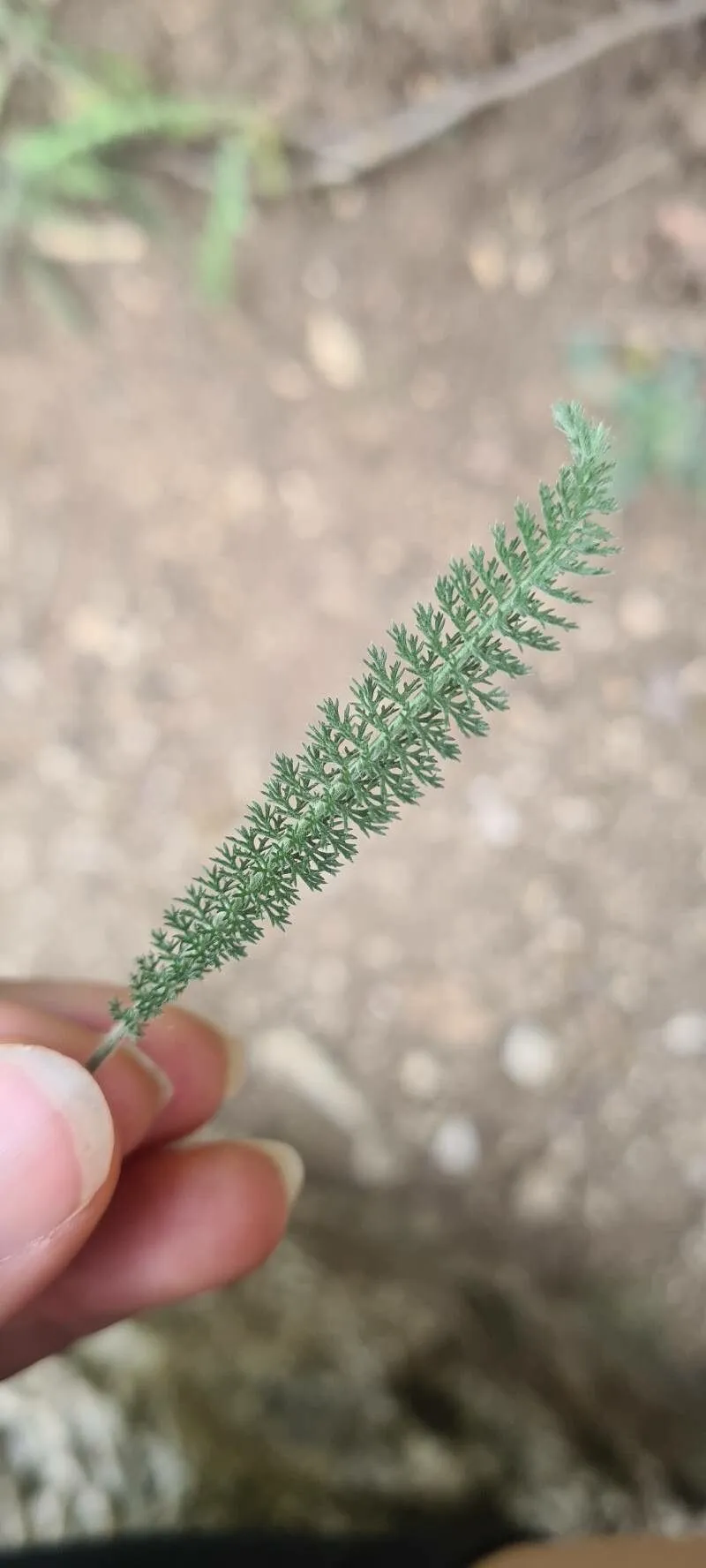
Author: Waldst. & Kit.
Bibliography: Descr. Icon. Pl. Hung. 1: 82 (1802)
Year: 1802
Status: accepted
Rank: species
Genus: Achillea
Vegetable: Unknown
Observations: Europe to Korea and Arabian Pen.
Bristly yarrow, known scientifically as Achillea setacea, is a distinctive perennial herb and member of the Asteraceae family. First described in 1802 by botanists Waldstein and Kitaibel in the seminal work “Descr. Icon. Pl. Hung.”, this plant has since garnered attention for its widespread presence and unique characteristics.
Achillea setacea can be found spanning a vast geographic range, from Europe through to Korea and even extending into the Arabian Peninsula. This widespread distribution underscores its adaptability and resilience across varied climates and terrains. Typically flourishing in open, sunny locations such as meadows, grasslands, and roadsides, Bristly yarrow is a hardy species that thrives in well-drained soils.
The plant is characterized by its bristle-like structures, lending it the common name Bristly yarrow. It exhibits finely divided, feathery leaves that are fragrant when crushed, a trait it shares with other members of the Achillea genus. The foliage presents a soft, fern-like texture, adding to its visual appeal. During the blooming season, Bristly yarrow produces clusters of small, often white or pale pink flowers. These flower heads are composed of tiny disk and ray florets, typical of the daisy family, and create a delicate yet striking display that attracts a variety of pollinators, including bees and butterflies.
Beyond its ornamental beauty, Bristly yarrow has been used historically for its medicinal properties. Traditional uses include remedies for digestive issues, wound healing, and as an anti-inflammatory agent. Modern research continues to explore the potential benefits and applications of this versatile plant.
In garden landscapes, Achillea setacea is valued not only for its aesthetic qualities but also for its low maintenance needs. It is drought-tolerant once established, making it an excellent choice for xeriscaping and sustainable gardening practices. Gardeners often appreciate its ability to add texture and color to perennial borders and wildflower gardens, as well as its role in supporting pollinator populations.
In summary, Bristly yarrow (Achillea setacea) is a notable herbaceous perennial that combines durability and decorative appeal with ecological and medicinal contributions. Its extensive distribution across Europe, Korea, and the Arabian Peninsula reflects its adaptability, while its traditional and modern uses highlight its significance in both horticulture and natural medicine.
Fra: achillée sétacée
Deu: feinblättrige schafgarbe, feinblättrige wiesen-schafgarbe, feinblättrige wiesenschafgarbe
Swe: finröllika
Eng: bristly yarrow
En: Bristly yarrow
Fr: Achillée sétacée, Achillée millefeuille, Herbe au charpentier, Sourcils-de-Vénus
De: Feinblättrige Schafgarbe, Feinblättrige Wiesen-Schafgarbe, Feinblättrige Wiesenschafgarbe, Borstenblättrige Schafgarbe
It: Millefoglio setaceo
Sv: Finröllika
Taken Jun 6, 2022 by Projets Innovation (cc-by-sa)
Taken Jul 22, 2021 by Volker de Jong (cc-by-sa)
Taken Sep 7, 2022 by massimo frediani (cc-by-sa)
Taken Aug 25, 2021 by Piñeiro Pedro (cc-by-sa)
Taken Aug 5, 2022 by eoril (cc-by-sa)
Taken Jun 20, 2012 by arlas (cc-by-sa)
Taken Jun 20, 2012 by arlas (cc-by-sa)
Taken Jun 20, 2012 by arlas (cc-by-sa)
Taken Nov 23, 2022 by Delbecq Emeline (cc-by-sa)
Taken Sep 4, 2022 by Monique Hunziker (cc-by-sa)
Taken Jul 30, 2022 by Simone Righi (cc-by-sa)
Taken Sep 7, 2022 by massimo frediani (cc-by-sa)
Taken Aug 8, 2022 by oderland (cc-by-sa)
Taken Aug 22, 1966 by Tela Botanica − La Spada Arturo (cc-by-sa)
© copyright of the Board of Trustees of the Royal Botanic Gardens, Kew.
Family: Myrtaceae Author: (F.Muell.) K.D.Hill & L.A.S.Johnson Bibliography: Telopea 6: 402 (1995) Year: 1995 Status:…
Family: Rubiaceae Author: Pierre ex A.Froehner Bibliography: Notizbl. Bot. Gart. Berlin-Dahlem 1: 237 (1897) Year:…
Family: Sapindaceae Author: Koidz. Bibliography: J. Coll. Sci. Imp. Univ. Tokyo 32(1): 38 (1911) Year:…
Family: Asteraceae Author: A.Gray Bibliography: Pacif. Railr. Rep.: 107 (1857) Year: 1857 Status: accepted Rank:…
Family: Fabaceae Author: Medik. Bibliography: Vorles. Churpfälz. Phys.-Ökon. Ges. 2: 398 (1787) Year: 1787 Status:…
Family: Aspleniaceae Author: (Cav.) Alston Bibliography: Bull. Misc. Inform. Kew 1932: 309 (1932) Year: 1932…